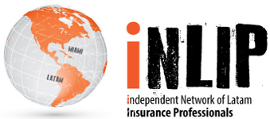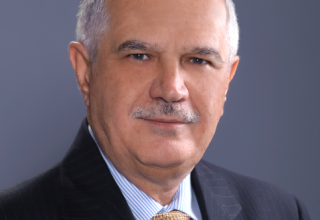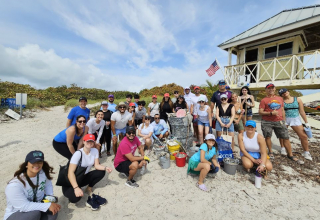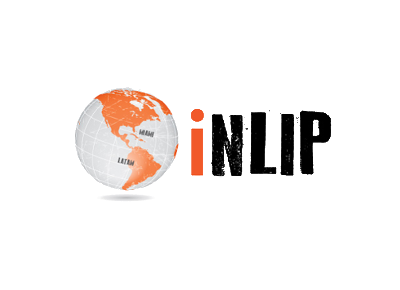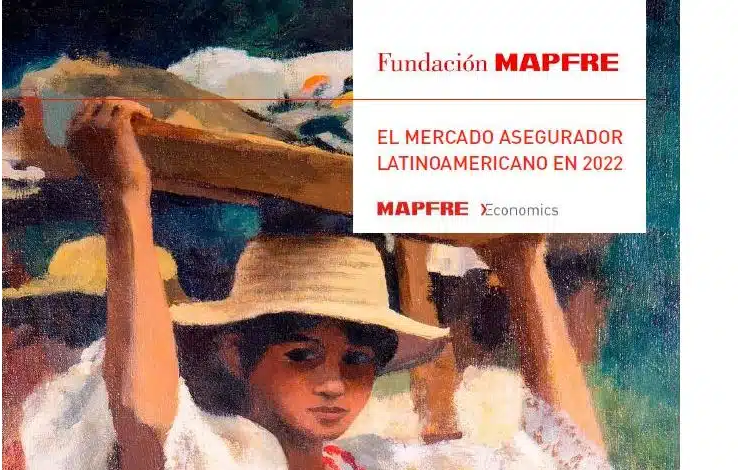
How did the Latin American Insurance Industry Behave in 2022?
MAPFRE Economics experts have prepared a comprehensive report that reviews the main magnitudes of the insurance markets in Latin America, taking into account fundamental aspects such as premium growth, structural trends and insurance penetration in the region.
To tell us about this essential work, entitled “The Latin American Insurance Market in 2022,” we welcome two great experts on the subject from MAPFRE Economics: Manuel Aguilera, General Manager, and Ricardo González, Director of Analysis, Sectorial Research and Regulation, in addition to the enriching collaboration of Gerardo Antonio Corrales, CEO of MAPFRE PANAMA.
Economic and demographic context
Ricardo González, Director of Analysis, Sectorial Research and Regulation at MAPFRE Economics, began by drawing the socioeconomic context in which the insurance industry developed in 2022, the year that is studied in the report. The preceding years are marked, first, by the pandemic and later by the war in Ukraine. They show an abrupt evolution of global GDP with a marked decrease in 2020 and a significant increase the following year (6.3%) due to the process of reopening economies.
This brings us to the year at hand with global growth around 3.4%. The market recovery was also accompanied by an increase in inflation as a “consequence of supply that was unable to keep up with the sharp increase in demand and that added to the increase in the prices of food and energy” following the outbreak of war in Ukraine.
In Latin America, natural disasters resulting from the El Niño phenomenon add to all these factors, which also pushed up prices, making inflation somewhat higher than the global average despite the fact that the Latin American economy in 2022 grew by 4%, especially due to the pressure of domestic demand, consumption and industries such as tourism. These circumstances forced central banks to tighten monetary policies with additional interest rate hikes, reaching positive real levels. “This is a very favorable environment for Life products, linked to savings and life annuities, previously penalized by flexible monetary policy,” Ricardo González clarifies. The expert also noted that contractionary policies were carried out at the fiscal level in 2022, as the aid granted during the pandemic put considerable strain on public finances.
The outlook for 2023 and 2024 is complex, with a slowdown in regional GDP. In addition, the three main structural issues in Latin America—inequality, insecurity, and low economic productivity—“predict an environment for the deceleration of the insurance industry.” Along with economic analysis, Ricardo González profiled the demographic pattern of the region, which “entails a growing process of population aging, opening areas of opportunity for the insurance industry as an instrument of public policy to complement pension and health systems.”
The insurance industry in 2022
MAPFRE Economics highlights three main aspects that marked the development of the Latin American insurance market:
- A significant increase in the insurance business, beating inflation and global markets, with Non-Life insurance as the main driver of growth; Life insurance was also boosted by rising interest rates;
- Growth in most markets; and
- Increased profitability in the insurance industry; $9.909 billion.
In conclusion, Ricardo González said that “the insurance industry in Latin America is profitable and solvent and the ratios in terms of relative profitability, such as the ROE and ROA, were positive in virtually all markets.” Total premium volume amounted to $173.7 billion. The two biggest markets in the region continue to be Brazil and Mexico, with large populations, and it is striking that Puerto Rico is in third place, with the smallest population of the 19 countries that were analyzed. The Life business accounted for 42.2% and the Non-Life business accounted for 57.7% (the opposite of what usually happens in developed countries). In 2022, the Latin American market outperformed the global market, delivering global insurance premium growth of 15.9% (compared to 0.3% globally).
On this point, the expert shared a revealing chart that shows how the continuous trend since 2013, reflecting how the share of premiums in the Latin American market weakened in the global context, turns around in the last two years, increasing its presence to 2.6%. This percentage is still low in relation to its population and its GDP, which represents 6% worldwide, but a promising journey is ahead.
MAPFRE’s detailed report also includes an analysis of the growth of the insurance market from three perspectives: growth in USD, nominal growth in local currency, and real growth—in local currency. Under this third criterion, the regions that grew the most were Colombia, Ecuador, and Chile, and the insurance branches most in demand were Life and Pensions, Automobile, and Work Accidents.
Industry structural trends
Following the presentation by Ricardo González, Manuel Aguilera, General Manager of MAPFRE Economics, took the floor to discuss the structural analysis of the insurance market in the region.
Regarding the level of penetration in the region (ratio between premiums and GDP), it reached 3.01% at the end of 2022, an all-time record in Latin America. “This increase, if we look at it with the medium-term perspective, implies that over the last ten years, penetration has increased by 0.4% of the Latin American GDP,” he said. Four regions are above the region’s average penetration: Puerto Rico (16.4%), Chile (4.3%), Colombia (3.2%), and Brazil (3.1%). “This index has to do with the application of public policies, and by this I mean those that use insurance as an instrument to achieve great social and economic objectives,” stated Manuel Aguilera. For example, in the case of Puerto Rico, 12.3% of penetration comes from social security–related policies.
In 2022, the density indicator, a microeconomic variable that speaks to the consumption of insurance by the inhabitants of a country, reached a regional average of $262, with a prominent presence of Non-Life insurance. These levels have not changed significantly in the last ten years, due to the development of the industry itself and with the effect of exchange rates over this period. Optimistically, the MAPFRE Economics manager highlights “that as of 2020 there is an uptick in the index.”
The third indicator
The third indicator reflected in the report is depth, which qualitatively assesses the degree of maturity of the markets. From this indicated, it is gathered that the more developed the insurance markets are, the greater the share of Life segments in the premium pool (and vice versa for Non-Life segments). At the end of last year, depth in Latin America reached 42.3%, which is relatively low compared to most developed markets, although an “uptrend” is expected.
Finally, Manuel Aguilera concluded by referring to the Insurance Protection Gap (IPG), which is defined as the difference between insurance coverage that is economically necessary and beneficial for society and that actually acquired. According to MAPFRE’s estimate, in Latin America, the gap reached $267.2 billion, with 60% coming from the Life segment. This IPG estimate also allows us to detect the potential insurance market, which could reach $440.9 billion in the region.
If you would like to read the comprehensive report prepared by the experts of MAPFRE Economics, “The Latin American Insurance Market in 2022,” which, in addition to the conclusions explained in this article, includes much more data, such as the analysis by country, the estimates by insurance segments, and the comparative development of the insurance business, you can download it here. (Spanish)
Source: Mapfre
Related articles: Mapfre report: The Latin American Insurance Market 2020
